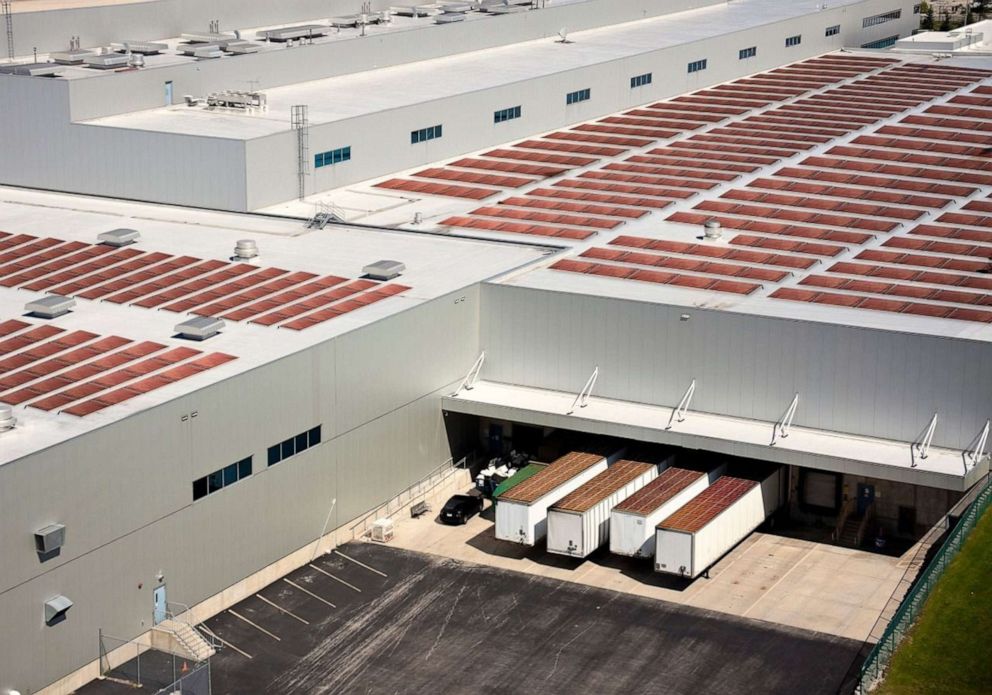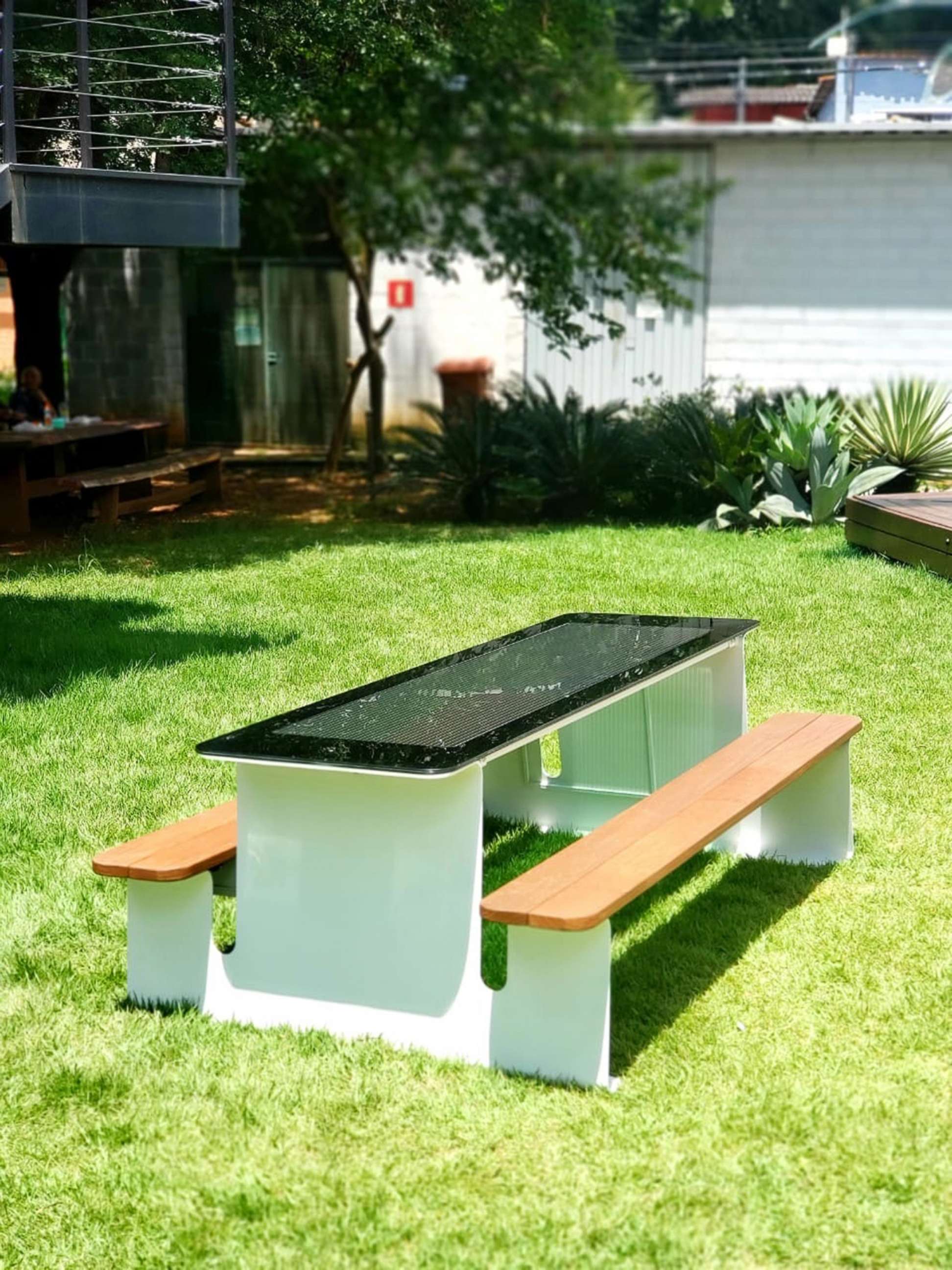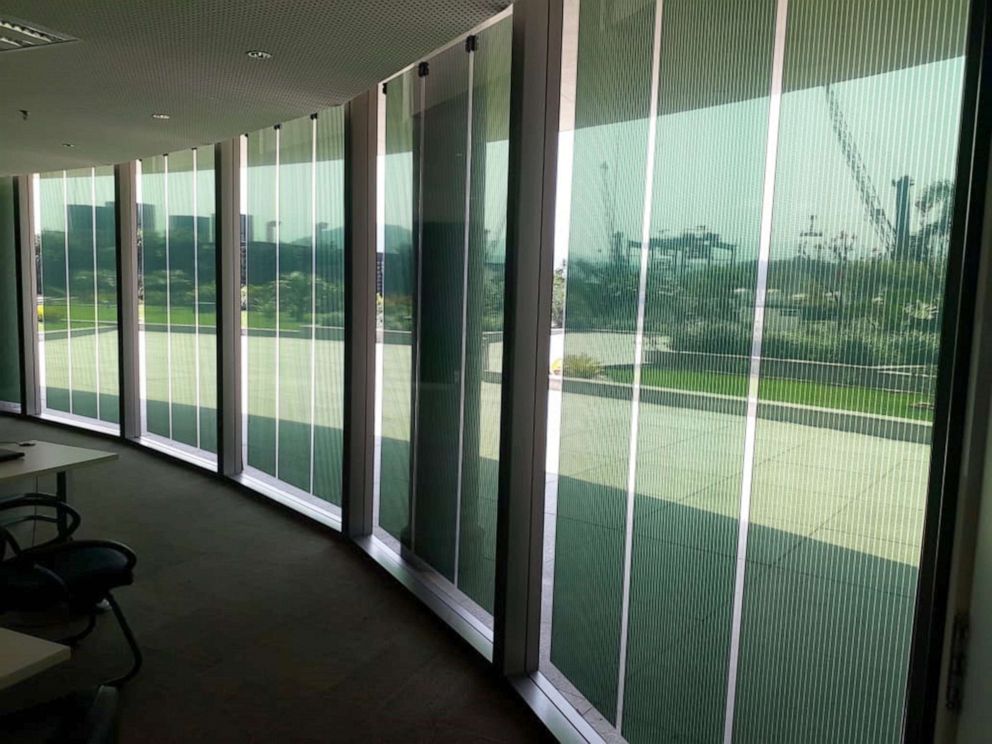New form of solar energy to enter US market
"Conceptually, it's a whole new thought process on how we make power."
Organic energy is getting a jolt with the launch of GO-OPV's ORENgE system in North America.
Organic energy uses a thin film panel to capture the sun's rays and converts it to power, similar to traditional solar power.
The panels could be used for windows or trucks, phone or computer chargers, or it can be a building-integrated photovoltaics in glass.

"Organic energy makes power from light at any angle, in any way. It's totally flexible because it's just printed ink. Conceptually, it's a whole new thought process on how we make power," said Paul Frischer, President of GO-OPV, an organic energy company.
What makes organic energy different from solar power is that it is light-dependent, not sun dependent, meaning it will always create power as long as there is some form of natural light.
"It manages low light, indoor light, diffused light, any form of light. If I'm sitting here in the office, I'm able to produce power because I don't necessarily need direct sunlight to do that," said Frischer.
Organic energy isn't a new concept. Companies, like View Inc., use the technology as a way to reduce glare and heat through the use of smart windows in buildings.
"All the applications that you would normally see done for a heat gain application we can now do with ORENgE panels. Not only do you get the benefit of the heat gain, but we're also now generating the power," said Frischer.

GO-OPV manufactures their film through a supplier in Belo Horizonte, Brazil. The film is made by printing organic ink onto plastic rolls at the facility. The roll is then sent to the United States, where it is manufactured into the specific application needed for customers.
"We can build a platform of energy that doesn't exist currently. And the base for the whole technology is the OPV [organic photovoltaic] film, which is an organic, transparent, lightweight film that can be 100% recyclable," said Felipe Travesso, COO of GO-OPV.
Producing the OPV also has a lower impact on the environment compared to silicon solar panels.
"Traditional solar is a very heavy-duty, industrial process. You have to get the actual silicon, you have to heat it. It is a very dense process. That builds a carbon footprint. OPV, it's completely different. We don't use as much energy to produce the process. It's a roll to roll industrial process in a clean room with a zero-carbon footprint," said Travesso.
In Brazil, the company has installed systems on skylights, malls, and building windows.
In the U.S., they have installed systems in three buildings: two in New York and one at its office in Delray Beach, Florida.

At the company's first installations in Hempstead, New York, the company applied its OPV film on the inside of windows to absorb sunlight and convert it to power using its ORENgE system, which uses power over ethernet to send the electricity into the office.
The system can be used either as a main power source or a battery back-up system while remaining on the power grid.
"While you have a light source, we're always going to be producing direct DC power. If you turn the office off and the lights in the office are off, we then have battery backup support. You're getting the best of both," said Frischer.
The company says it also plans on putting panels on top of trucks to power the onboard electronics. The technology has already been used on PepsiCO trucks in Brazil.
"Everyone's talking about the EV market, we're going to be able to do the entire top of a truck and create an alternative battery supply for the tractor-trailer market. We're also going to be able to do TRU units [Transport Refrigeration Units] and reefers [refrigeration trucks], where the reefers are dependent upon refrigeration for their computers onboard to be running 24/7 ... We essentially have a system where we're reducing fuel costs, we're increasing the battery life, and creating a battery market, and overall reducing all the CO2 emissions." said Frischer.



